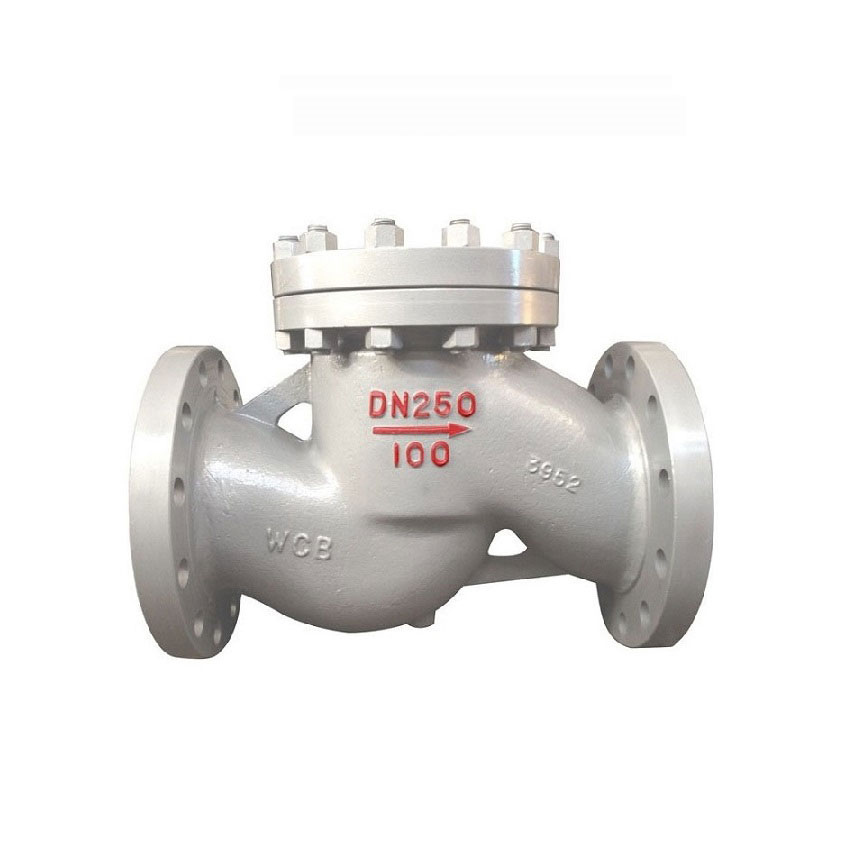types of gate valve for water supply
Types of Gate Valves for Water Supply
Gate valves are an essential component in many water supply systems, acting as a vital control mechanism for fluid flow. These valves operate by lifting a rectangular or circular gate out of the path of the fluid, supporting smooth and efficient water flow when fully opened. Their design provides minimal resistance to flow, making them particularly suitable for applications where pressure loss must be minimized. This article delves into the types of gate valves available for water supply and their respective characteristics.
1. Wedge Gate Valves
The most common type of gate valve is the wedge gate valve, which features a gate that is shaped like a wedge. This valve is designed to create a tight seal and is capable of handling high pressures. Wedge gate valves are typically used in systems where full flow is necessary, and they are installed in both horizontal and vertical positions. One of the benefits of this design is its ability to withstand vibration and shock, thus enhancing its durability over time.
Parallel gate valves utilize two parallel disks that move vertically to control flow. Unlike wedge gates, which utilize a tapering design, parallel gate valves provide a uniform contact surface, allowing for a tighter closure and minimizing the risk of leakage. However, it's important to note that parallel gate valves are generally more suited to non-pressured environments. They are often selected for applications in lower-pressure water systems or where smooth flow control is essential.
3. Expanding Gate Valves
types of gate valve for water supply

Expanding gate valves combine the features of both wedge and parallel gate designs. As the valve is opened, the gate expands horizontally, creating a tighter seal and improving leakage control. This type is particularly advantageous in high-pressure systems where the integrity of the seal is paramount. Expanding gate valves are often found in municipal water supply networks, irrigation systems, and industrial applications, providing reliable service under varying pressure conditions.
4. Knife Gate Valves
Knife gate valves are designed for applications that involve slurries or particulates in the fluid. The “knife” edge of the gate slices through the material, allowing it to close tightly against the seat. This makes them ideal for sewage treatment or pulp and paper industries, where other types of valves may become clogged or fail to function properly. Knife gate valves are typically installed in horizontal lines, and while they can be used for water supply, their primary application remains in handling more viscous materials.
5. Metal-Seated and Resilient-Seated Gate Valves
Gate valves can also be classified based on their seating material. Metal-seated valves are constructed with metal seats, offering durability and resistance to high temperatures or pressures. However, they are more prone to leaks when not fully closed. On the other hand, resilient-seated gate valves feature a soft elastomer material that provides a better seal, making them more suitable for water supply applications where leakage prevention is critical. These valves perform effectively under lower pressures and are often used in residential and commercial plumbing systems.
Conclusion
In conclusion, gate valves play a crucial role in water supply systems, with various types designed to meet different operational needs. Wedge and parallel gate valves are the most common, offering advantages such as minimal flow resistance and good sealing capabilities. Expanding gate valves provide enhanced sealing for high-pressure applications, while knife gate valves are tailored for systems handling slurries. Finally, the choice between metal-seated and resilient-seated designs can significantly impact the performance metrics of the valve, particularly concerning sealing capacity and durability. Understanding these types ensures that engineers and project managers can select the right gate valve for their specific water supply requirements, ultimately leading to improved efficiency and reliability in water distribution networks.
-
The Key to Fluid Control: Exploring the Advantages of Ball Valves in Industrial SystemsNewsJul.09,2025
-
The Versatile World of 1, 2, and 3 Piece Ball ValvesNewsJul.09,2025
-
Stainless Steel Ball Valves: The Ideal Choice for Efficient Flow ControlNewsJul.09,2025
-
Optimizing Fluid Control with Ball Float ValvesNewsJul.09,2025
-
Manual Gate Valves: Essential for Control and EfficiencyNewsJul.09,2025
-
Everything You Need to Know About Butterfly ValvesNewsJul.09,2025
-
The Versatility of Wafer Type Butterfly ValvesNewsJul.08,2025




